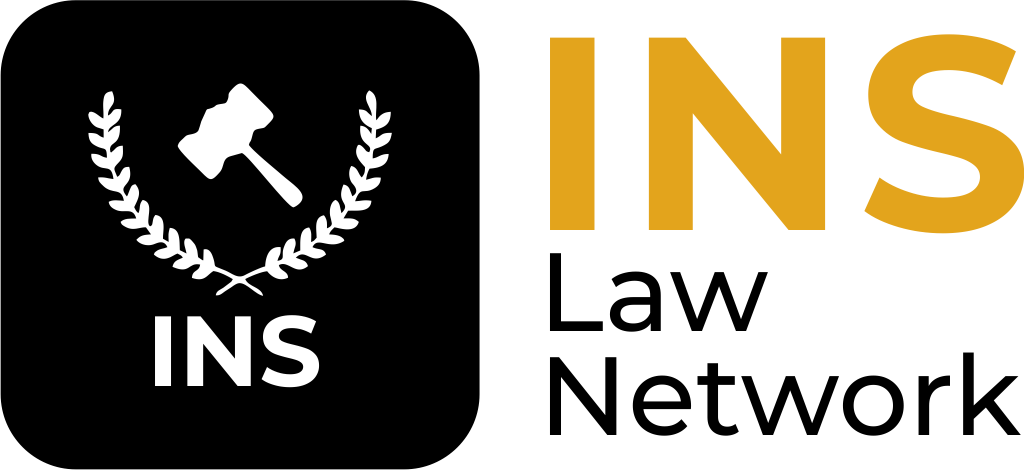What to Do After a Car Accident
The moments after a car accident are frightening. Use this checklist to help guide your actions after the accident:
Check on All Occupants
Check if any of the occupants of your vehicle and the other vehicle need immediate medical attention. Observe the accident scene to observe if there are any risk factors that could cause further harm, such as leaking gas or electric sparks. Call for help immediately if there are any injuries.
Report the Accident
Most jurisdictions require that you make a report of car accidents involving injuries or property damage over a certain amount. In any event, you will likely want the accident to be documented to assist later with the insurance process. If you were not at fault for the accident, getting a police report can help substantiate your case and may also provide useful
information down the line, such as that the other driver was cited for a
traffic offense.
Talk to the Other Driver
Exchange information with the other driver. Get his or her name, address, driver’s license number and license plate number. Also, write down a description of the vehicle and ask to see his or her insurance card so that you can copy down this information. Do not discuss the cause of the accident or apologize as these statements can possibly be used against you.
Take Pictures
Take pictures of the scene of the accident. Be sure to capture the following:
·The original location of the accident and position of the vehicles at the point of impact
·The damage to your vehicle
·The damage to the other vehicle
·Damage to anything else at the scene, such as a stoplight, curb or other damage
·Evidence of debris on the roadway
·Weather, such as slick roadways, overcast day or the sun
·Traffic signs and signals in the nearby vicinity
·Roadway
·Brake marks on the roadway
·Any injuries
Keep a disposable camera in your glove box in case you do not have a phone or it is damaged in the accident. Also, keep an extra emergency battery or charger in your vehicle in case you can use your camera phone.
Check for Witnesses
Evaluate the scene and determine if there are any witnesses. Ask for the witness’ contact information and for them to stay at the scene to provide a statement for the accident report. Check if you observe any surveillance cameras nearby that may have captured the accident, such as a traffic camera or surveillance camera from a nearby business. Note this
information.
Write a Description
While the events are fresh in your mind, write a description of how the accident occurred. Note the date, time and location of the accident. Also note any weather conditions or environmental factors that may have contributed to the accident. In some cases, governmental or third-party contractors may bear a portion of the liability if road debris, malfunctioning traffic lights or some other aspect that affects the roadway that is the responsibility of such party.
Seek Medical Treatment
Many injuries are not evident immediately after a traumatizing event. Seek medical treatment after an injury just to make sure that you are fine. If there is a problem, early diagnosis is always best. Additionally, if you later encounter pain or other symptoms, seeking medical treatment immediately after an accident can help establish a link between the injury and the accident. Keep a copy of all medical expenses and records stemming from the accident.
